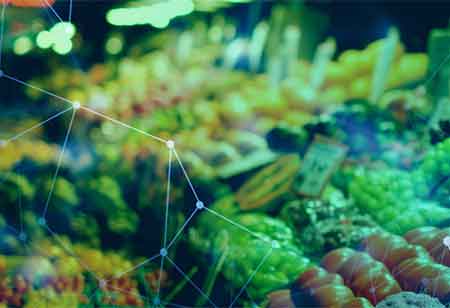Thank you for Subscribing to Food Business Review Weekly Brief
Exploring the Objectives of Food Safety Testing
Every food business must conduct specified food safety testing and establish a food safety testing laboratory to achieve particular goals. This article explores the different goals of food safety testing.

By
Food Business Review | Friday, October 04, 2024
Stay ahead of the industry with exclusive feature stories on the top companies, expert insights and the latest news delivered straight to your inbox. Subscribe today.

Every food business must conduct specified food safety testing and establish a food safety testing laboratory to achieve particular goals. This article explores the different goals of food safety testing.
Fremont, CA: Compromising food safety can lead to fatal consequences. Nationwide, significant economic setbacks are experienced annually due to food safety issues. Access to a clean, safe, and sustainable food supply is essential for human well-being. To establish the integrity of the food supply, the food industry has implemented a series of food safety testing protocols.
To the human right to adequate food, every entity within the food industry must guarantee public safety through effective food safety measures.
The Goal of Food Safety Testing
The primary objective of performing food safety testing is to evaluate food products and ascertain their safety for human consumption. Such testing substantiates the assertions made by food businesses concerning their adherence to food safety regulations and laws and the alignment of their operations with established food safety standards. These processes are crucial for delivering an optimal and secure consumption experience while maintaining food quality. The stipulations for executing food safety testing underscore the significance of ensuring food safety.
Both food handlers and manufacturers are responsible for food safety testing procedures. Every food business is required to perform designated food safety testing and maintain a food safety testing laboratory to accomplish specific objectives.
Safety and Prevention of Illnesses:
Food safety testing is designed to assess the safety of food products. Additional testing procedures can be implemented to ensure that food has reached the appropriate level of doneness. This involves obtaining samples or ingredients from the processed batch and analyzing them for the presence of specific microorganisms. The findings from these assessments serve as a foundation for determining the safe release of products into the market. Food safety testing is characterized by its specificity, precision, and reproducibility. Consequently, reliable food safety testing protocols can be conducted with integrity.
Sustainability:
Scientific methods for testing food safety are crucial in addressing sustainability and the increasing demand for food. By guaranteeing the safety of food products, waste is minimized, and the reliable production of food can meet the rising demand. To foster a sustainable future, it is essential to highlight the interconnected aspects of food safety and security.
Inform Consumers:
A prime illustration of the role of food safety testing in educating the general public can be found in the context of genetically modified organisms (GMOs). In response to ongoing consumer apprehensions about GMOs, the FDA has determined that all products derived from genetic modification must undergo specific safety assessments and be evaluated by food safety testing laboratories. By implementing rigorous food safety testing, newly introduced consumer products can be assessed before their market launch, minimizing consumer risk and ensuring their safety. The findings from these assessments are typically subjected to peer review to guarantee their reliability.






